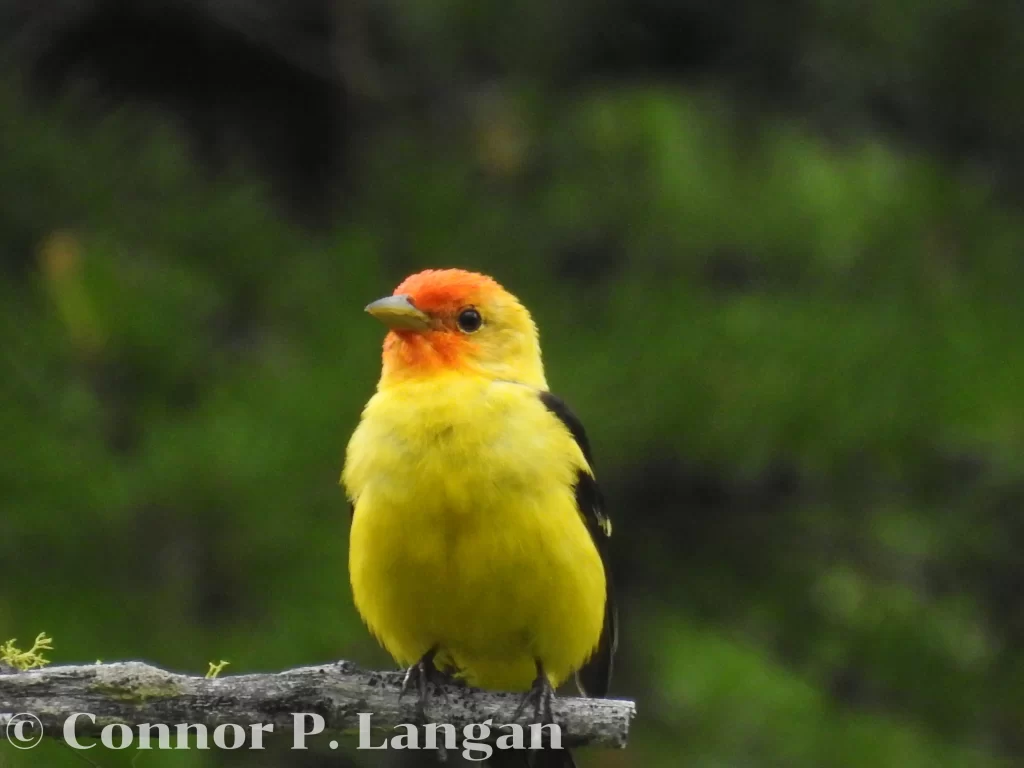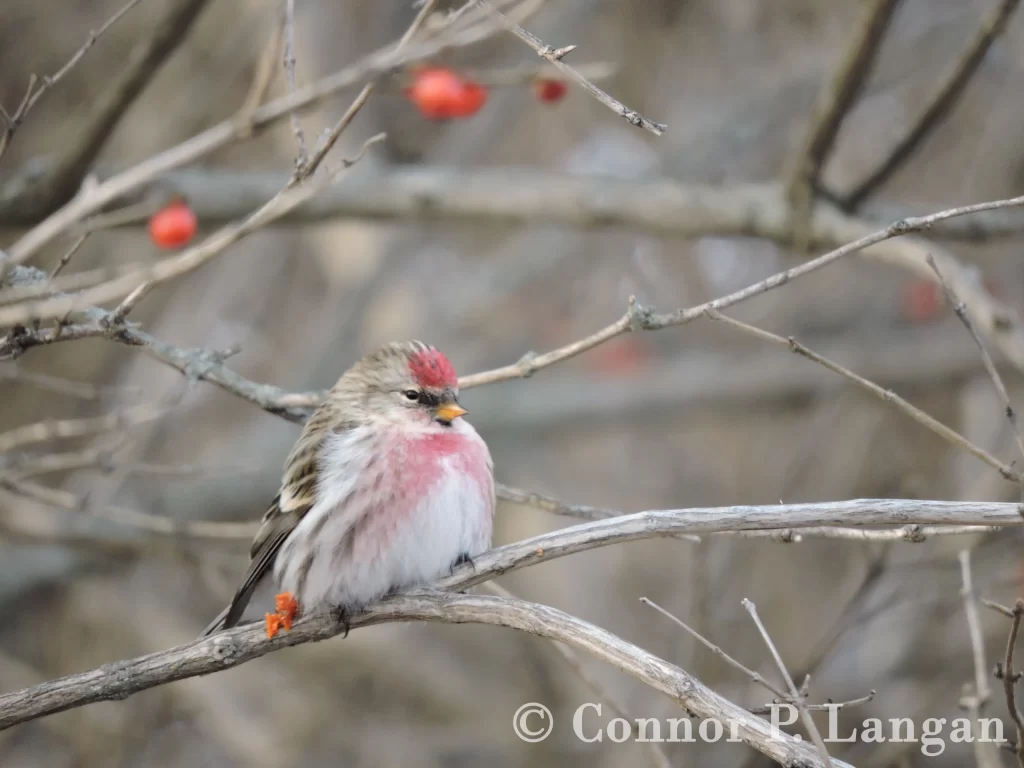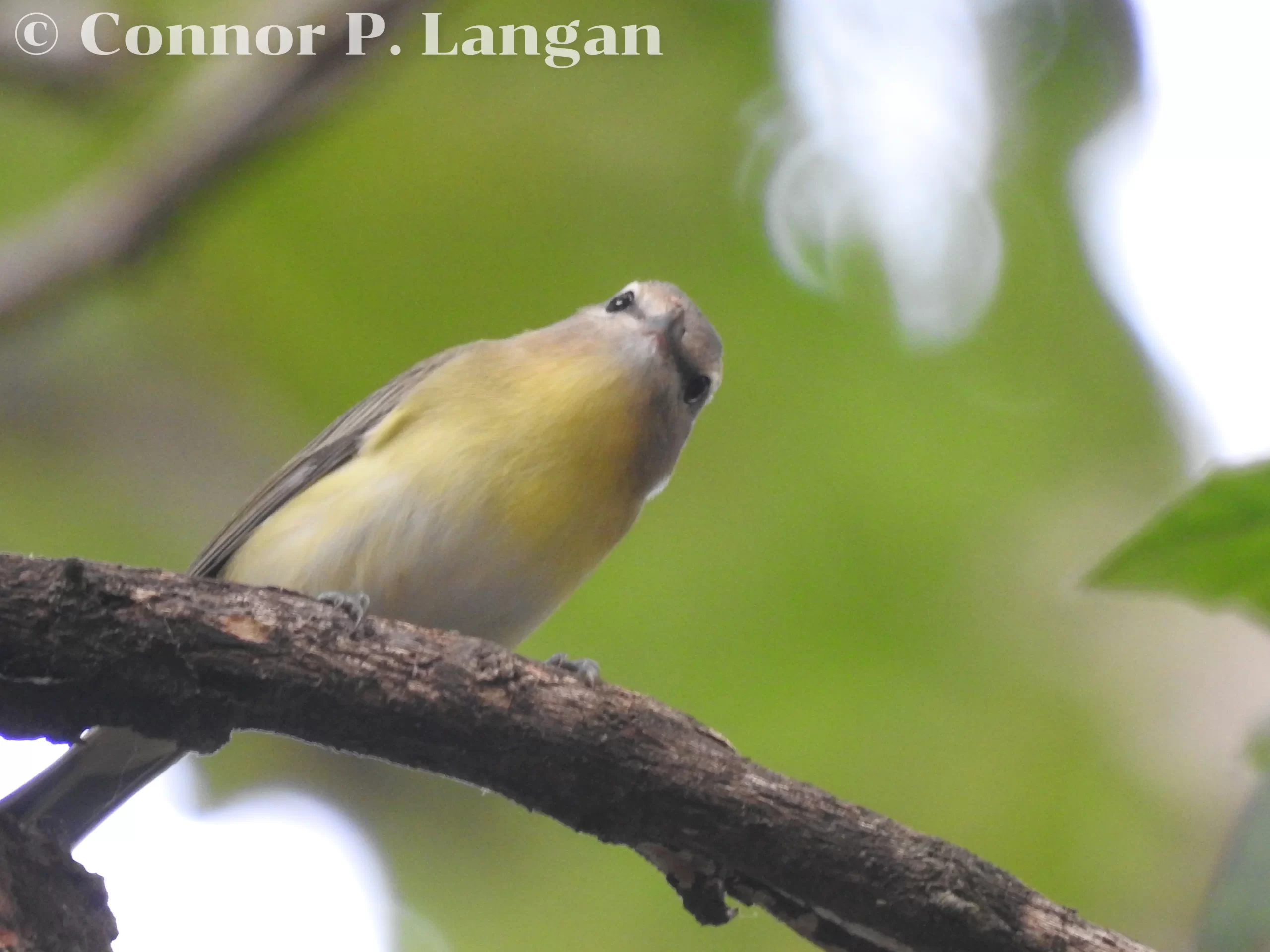Birds are incredible creatures with some of the most remarkable adaptations known to science. However, having the ability to fly comes with its tradeoffs. Thus, birds have had to sacrifice many things commonplace in creatures such as mammals. I’ll let you in on a secret: most birds do not have penises. Shocking, right? But what about testicles – do birds have balls?
Yes, birds do have balls! Although you would never see a bird with balls by simply looking at one, males have two testicles just as many other animal species do. Male birds retain their testicles for the entirety of their lives, and while these balls perform many of the same functions are mammalian testicles, they hold many secrets.
Table of Contents
Okay, now that we know that the answer to the question, “Do birds have balls?” is yes, you probably have many more questions. For instance, why do birds have testicles? Don’t worry, I’m going to answer all of your bird ball questions, so don’t go anywhere.
Do All Birds Have Balls?
Now, you may be wondering if some of your favorite birds have balls. Indeed, learning such information could completely change your perception of these creatures. So, do birds have testicles throughout the avian kingdom? Let’s quickly run through some popular birds!
- Do penguins have balls?
- Yes
- Do eagles have balls?
- Yes
- Do crows have balls?
- Yes
- Do pigeons have balls?
- Yes
- Do geese have balls?
- Yes
As you can see, the males of all of your favorite bird species have balls. Now, let’s learn more about the location of bird testicles.
Where Are Bird Testicles Located?
Some of you are likely still trying to process the fact that birds lack penises but have nuts. So, if a bird with balls is normal, where are bird balls located?
Well, the reason why you are likely so shocked that birds with balls exist is because bird testicles are internal! While a bird with visible external balls would be humorous, male birds do not have external testicles. Instead, the testes are located internally.
Bird balls are frequently located near the kidneys. If you see mention of bird testes within a biological framework, you might hear this position referred to as the “abdominal position.”

Why Do Male Birds Need Testicles?
Some may wonder why male birds need balls in the first place. If most don’t have penises, then why do birds have balls at all?
Well, male birds have evolved testicles for the same reason as male humans: they are essential to reproduction. Testicles are where sperm is produced for male organisms that reproduce sexually. Without the creation of sperm in the testes, males would not be able to reproduce.
Therefore, from a bird’s point of view, their balls are responsible for creating sperm that may be dispersed to pass on a male’s genes to offspring.
Why Are A Bird’s Balls Internal?
Okay, you surely understand the reason why a bird with balls makes sense, but why do male birds have balls on the inside of their bodies?
The fact that birds have internal balls may seem strange, but this is fairly commonplace across the animal kingdom. Now, the exact reason why birds have internal testicles is not fully known, though a few theories exist. Let’s explore a couple of the theories that purport to explain:
Reduce Drag
The first theory about why birds have evolved to possess internal testes relates to the reduction of drag. Can you think of a bird species that does not have an aerodynamic, streamlined shape?
If you’re struggling to come up with a bird, this is because the vast majority of birds have evolved streamlined bodies. From hawks of the sky to penguins at sea, bird bodies are streamlined for optimal efficiency and energy conservation.
Of course, a bird with big nuts would not be aerodynamic at all, so some suppose that birds evolved internal nuts to optimize their streamlined bodies. A couple of exterior testicles would not make a massive difference in terms of efficiency, but it could be the difference between escaping a predator and becoming a meal.

Testicle Protection
Another theory about why birds have internal testicles has to do with testicle protection. Most bird species have lives that are constantly in motion. Whether they’re flying through the air or running through a forest, birds are always moving around.
The trials and tribulations of being a bird don’t come without their dangers. Birds encounter many obstacles that could potentially be dangerous to external testicles if they were exposed to the elements.
For instance, imagine a hawk pursuing another bird through a dense stand of trees – it would be easy for either bird to injure their testes on a branch while flying. There are dozens of ways in which external testicles could be harmed in a bird’s daily life. Therefore, some ornithologists assert that male birds may not have evolved external testicles because they are better off within the safety of their bodies.
How Big Are Bird Balls?
I’ve now talked a lot about bird testicles without giving you much of an idea about the size of these reproductive structures. Is a bird with big balls common – how sizable are bird balls?
Well, bird testes vary widely depending on what species a bird may be. However, it seems that testicle size is often correlated with bird mating systems and habits. Moreover, there are plenty of bird species with big nuts, but why do birds have balls that are so big?
A bird with huge balls is almost certainly in a polygynous mating system. Indeed, bird species that have polygynous mating systems often have bigger balls than birds in monogamous mating systems. Therefore, a polygynous species like a robin will have proportionately larger balls than a monogamous species like a loon.
This is so because bigger testes mean that a bird can produce more sperm, which in turn correlates to a greater likelihood of fathering offspring. A bird with big balls will be a species in which males have multiple partners will need more sperm compared to species in which males have a single partner.
While mating systems of a bird species have played a part in the evolution of bird ball size, birds also have a trick that helps to mitigate the size of their testicles.

Breeding Season Testicle Enlargement
Most bird species engage in an impressive annual feat whereby their testicles grow exponentially during the breeding season. In the breeding season, males will want their testicles to be at full capacity since they will be attempting to court one or more females.
Possessing enlarged testicles will help them to possess optimal sperm production and make them more competitive for mates.
Many bird species only enlarge a single testicle during the breeding season. Species that tend to be monogamous don’t have as much of a need for copious amounts of sperm as polygynous species. Therefore, they may need to only enlarge one testicle.
Once the breeding season concludes, males can shrink the size of their testicles once again. This helps to minimize the weight of reproductive features and enables easier flight and movement.
How Do Males Know When It’s Breeding Season?
Male birds subconsciously pick up on several environmental cues to know when to gear up for the breeding season. First, male birds observe the length of day and use this as a basis to know the time of year. Males also observe seasonal weather changes and differences in food availability to know when it’s breeding season.
Are Bird Testicles Uniform In Size and Shape?
Those who know a little bit about anatomy will know that testicles are rarely uniform in size and shape. Is this the case with birds – do male birds have nuts that are uniform in size and shape?
Well, bird testicles are typically not symmetrical with one another. The left testis is usually larger than the right. Bird balls may be ovular in shape, but they could also be other shapes. For instance, roosters are known to have a shape similar to that of a cashew.

- Testicles function optimally at temperatures that are several degrees lower than core body temperatures. Bird testicles have apparently evolved to thrive in the hot internal environment of bird bodies.
- Some bird species develop dark testicles that are the result of melanin within the testicles. Birds with such testicles are thought to be more resistant to mutations.
- Bird testicles may swell to more than one-quarter of a bird’s pelvic capacity.
- Sperm is transported from a bird’s testicles to its cloaca where it will be dispersed.

